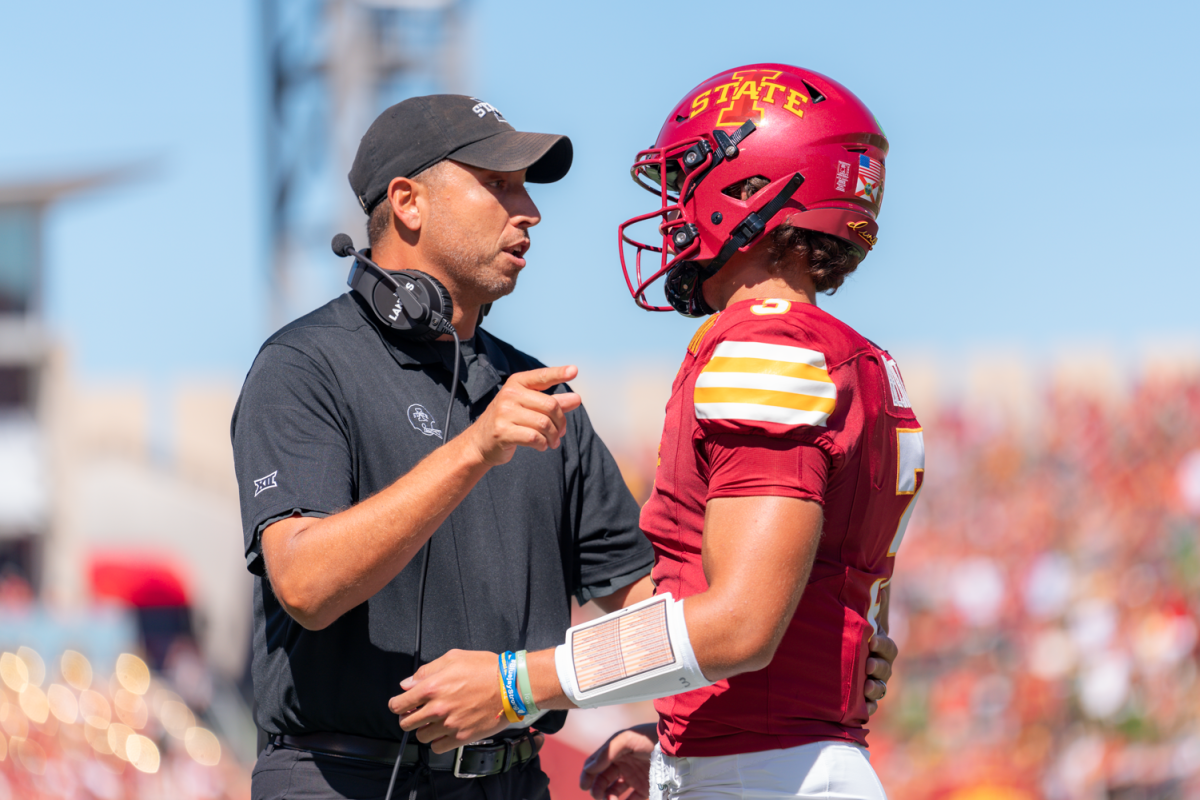Professors try to narrow math gap
October 28, 2000
The math skills gap between black and white students is widening, and some ISU professors want to find out why.
“Some say that it is genetic, others say that it is due to black males trying to act white, therefore resisting school. Others say that schools aren’t culturally responsive,” said Sarah Lubienski, assistant professor of curriculum and instruction. “I personally believe it’s just because whites are gaining faster than blacks.”
Lubienski said her research in the math gap began after a national study, the National Assessment of Educational Progress, reported the sliding skills. She said the study is designed to help clarify the gap in math achievement by using test scores from students in fourth, eighth and 12th grades.
“Every four years the government gets a representative sample of all students and gives them a math test,” she said.
She said the government looks at the overall trends in the test scores and reports the results by race, gender and class.
Lubienski said she began her study of reasons for the math gap by constructing a socio-economic status (SES) variable of black students and white students. Using two of the most relevant variables present in the data sets during her study, she said she was able to get a stronger SES variable, showing that black students in the highest SES group scored an average of five points lower than white students in the lowest SES.
The two variables include how many books, encyclopedias, magazines and newspapers were in the home of the student and the education levels of their parents.
Janet Sharp, associate professor of curriculum and instruction, said many research scholars think there are more factors to consider in the math gap, such as a lack of role models in the field.
“Research indicates that the teaching population doesn’t mirror the learning population,” she said. “There is a huge mismatch, and that is part of the problem.”
From her research, Sharp said the highest test score gap in math is in measurement compared to other segments such as numbers, geometry and data analysis.
“This part of math isn’t being taught in a meaningful way,” she said.
While many mathematicians in the research community believe math education goes beyond the realm of culture, Lubienski said she thinks it does play a factor.
“They think that math can’t be biased; it’s just numbers, but in reality it can,” she said. “I ultimately want math to be more equitable. I no longer want achievement to correlate with race.”
Sharp also said she thinks race does play a factor.
“Kids need to see that mathematicians come in all shapes and sizes,” she said. “They need to see higher SES black teachers.”






